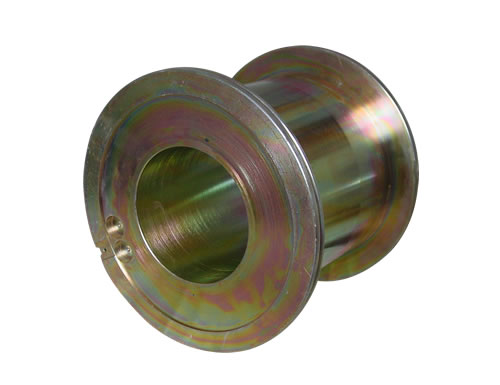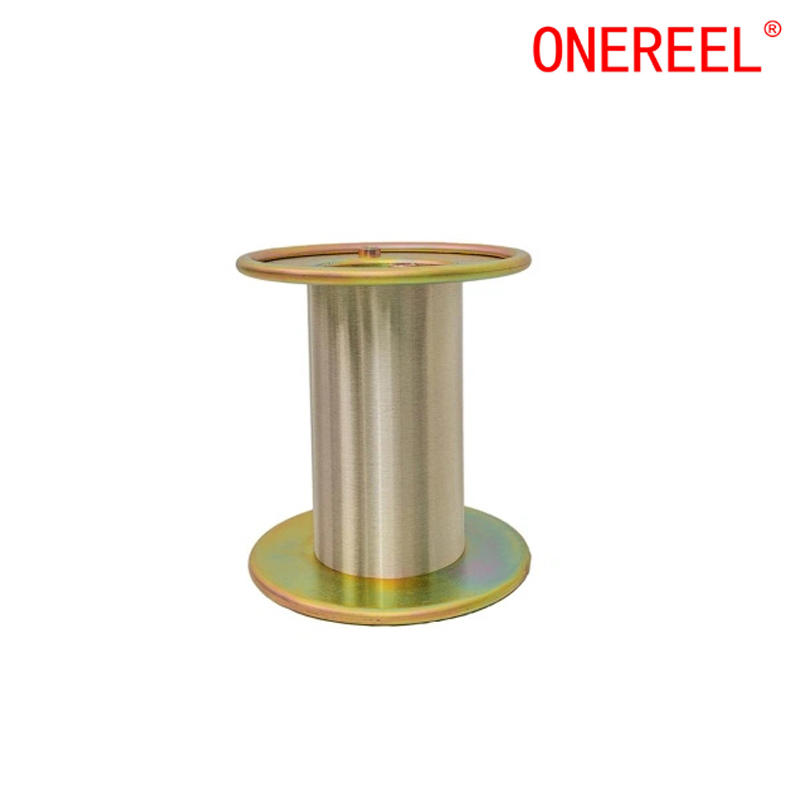
 English
English  Español
Español Português
Português русский
русский Français
Français 日本語
日本語 Deutsch
Deutsch tiếng Việt
tiếng Việt Italiano
Italiano Nederlands
Nederlands ภาษาไทย
ภาษาไทย Polski
Polski 한국어
한국어 Svenska
Svenska magyar
magyar Malay
Malay বাংলা ভাষার
বাংলা ভাষার Dansk
Dansk Suomi
Suomi हिन्दी
हिन्दी Pilipino
Pilipino Türkçe
Türkçe Gaeilge
Gaeilge العربية
العربية Indonesia
Indonesia Norsk
Norsk تمل
تمل český
český ελληνικά
ελληνικά український
український Javanese
Javanese فارسی
فارسی தமிழ்
தமிழ் తెలుగు
తెలుగు नेपाली
नेपाली Burmese
Burmese български
български ລາວ
ລາວ Latine
Latine Қазақша
Қазақша Euskal
Euskal Azərbaycan
Azərbaycan Slovenský jazyk
Slovenský jazyk Македонски
Македонски Lietuvos
Lietuvos Eesti Keel
Eesti Keel Română
Română Slovenski
Slovenski मराठी
मराठी Srpski језик
Srpski језик
The Essential Guide to Sawing Wire Spools
2023-08-25
Sawing wire spools is a crucial process in various industries, ranging from manufacturing to construction. This technique involves cutting through wire spools to obtain specific lengths or to reconfigure the wire for various applications. In this article, we will delve into the steps, tools, and safety precautions required for effective wire spool sawing.
Tools Required:
1.Sawing Equipment: Utilize a suitable saw, such as a hacksaw or a bandsaw, depending on the thickness and material of the wire spool.
2.Safety Gear: Prioritize safety by wearing protective equipment, including safety goggles, gloves, and a dust mask.

Steps:
1.Preparation: Ensure the wire spool is securely fastened in a stable position. This can be achieved using clamps or a specialized spool holder.
2.Measurement: Accurately measure the desired length of wire using a tape measure or ruler.
3.Marking: Mark the measured length with a pencil or marker, indicating where the cut will be made.
4.Positioning: Align the marked section with the saw's blade. Ensure the blade is positioned perpendicular to the wire to achieve a clean and precise cut.

5.Cutting: With the sawing equipment engaged, gently guide the blade through the wire spool. Apply consistent pressure and maintain a steady pace to prevent any abrupt movements.
6.Inspection: Once the cut is complete, carefully inspect the cut end for any sharp edges, burrs, or deformities. Use a file or sandpaper to smooth out any rough areas.
7.Testing: Test the cut wire to ensure it meets the desired length and quality standards.

Safety Precautions:
1.Protective Gear: Always wear appropriate safety gear to shield yourself from potential hazards, such as flying debris or sharp edges.
2.Stable Setup: Ensure the wire spool is securely fastened to prevent movement during the sawing process.
3.Proper Blade: Choose a saw blade suitable for the material of the wire spool to achieve clean and efficient cuts.
4.Controlled Motion: Maintain control over the sawing equipment, avoiding sudden movements that can lead to accidents or uneven cuts.
5.Ventilation: If sawing generates dust or fumes, work in a well-ventilated area or use a dust extraction system.

In conclusion, sawing wire spools is a precise process that demands both technical proficiency and attention to safety. By following the steps outlined in this guide and adhering to safety precautions, you can efficiently cut wire spools to the desired lengths, contributing to various industries' operational success.
https://www.cable-spool.com/sawing-wire-spool






